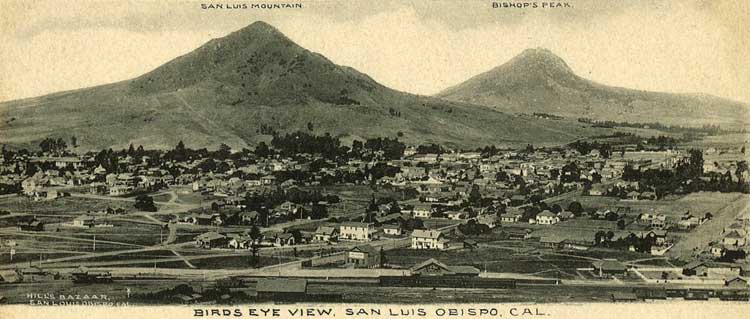The Mills Act is state law that was passed in 1972 and has been modified a few times since. It is not well known but it offers substantial tax breaks to owners of some old homes and buildings. While it is state law, it is up to the local governments to participate. Among the nearly 100 local governments that take part, the level of usage varies widely. James Mills, the author of the bill, was from San Diego where there are now over 1,100 active contracts. In contrast, San Francisco has just six active contracts. I believe that San Luis Obispo and Paso Robles are the only cities in SLO County that are participating.
History
The law passed in 1972 allowed local jurisdictions to enter into contracts with private property owners who agree to rehabilitate and/or maintain their property in exchange for a significant reduction in property taxes. However, it was determined to be unconstitutional in 1973. In 1976, voters approved Proposition 7 – requiring “restricted historical properties” to be valued by the income approach rather than the sales data approach, even for owner-occupied properties. The Mills Act got off to a slow start, possibly because Proposition 13 was passed just two years later.
The legislation was modified again in 1985 to eliminate mandatory public access to Mills Act properties, reduce the minimum contract period from 20 to 10 years and reduce the penalties for cancellation. Starting in 2012, an inspection by local government is required at the beginning of every contract and at five year intervals thereafter.
Details
In order to qualify for the program, a structure must be a designated historic building on a local, state or national level. Jurisdictions may set up their own rules as well. For example, in San Luis Obispo there are two lists of historically-relevant homes. Homes must be on the “master list of historic resources” in order to qualify for a Mills Act Contract. The ten-year contracts renew annually. If either party wants to cancel the contract, notice must be given and then property taxes rise by about 10% of the benefit each year until they get back to their normal levels. If an owner wants to cancel immediately they must pay a penalty equal to 12.5% of the pre-Mills Act valuation.
Savings
The savings can be substantial. Property taxes are often reported to be about 50%-75% less than they would have been. The three-step formula that determines the property tax level starts with a determination of the fair rent (or gross income if applicable). Costs are then subtracted out. This is handled differently by each Assessor’s office but it can include anticipated vacancy, operating expenses, maintenance, utilities, insurance, etc. This net income is then multiplied by a capitalization rate that is composed of four components. These are interest (set each year), risk (0.4 for owner-occupied dwellings), amortization (typically 0.05) and tax (typically a little over 1%). This final number gives the income approach value which is then taxed at the normal rate. Savings depend on how much the property was originally purchased for, so they tend to favor more recent buyers.
I was recently appointed to the Historical Resources Committee for the City of Arroyo Grande and I live in a home on the “contributing historic” list for San Luis Obispo. I am passionate about old homes and saving money so feel free to contact me if you have any questions.



